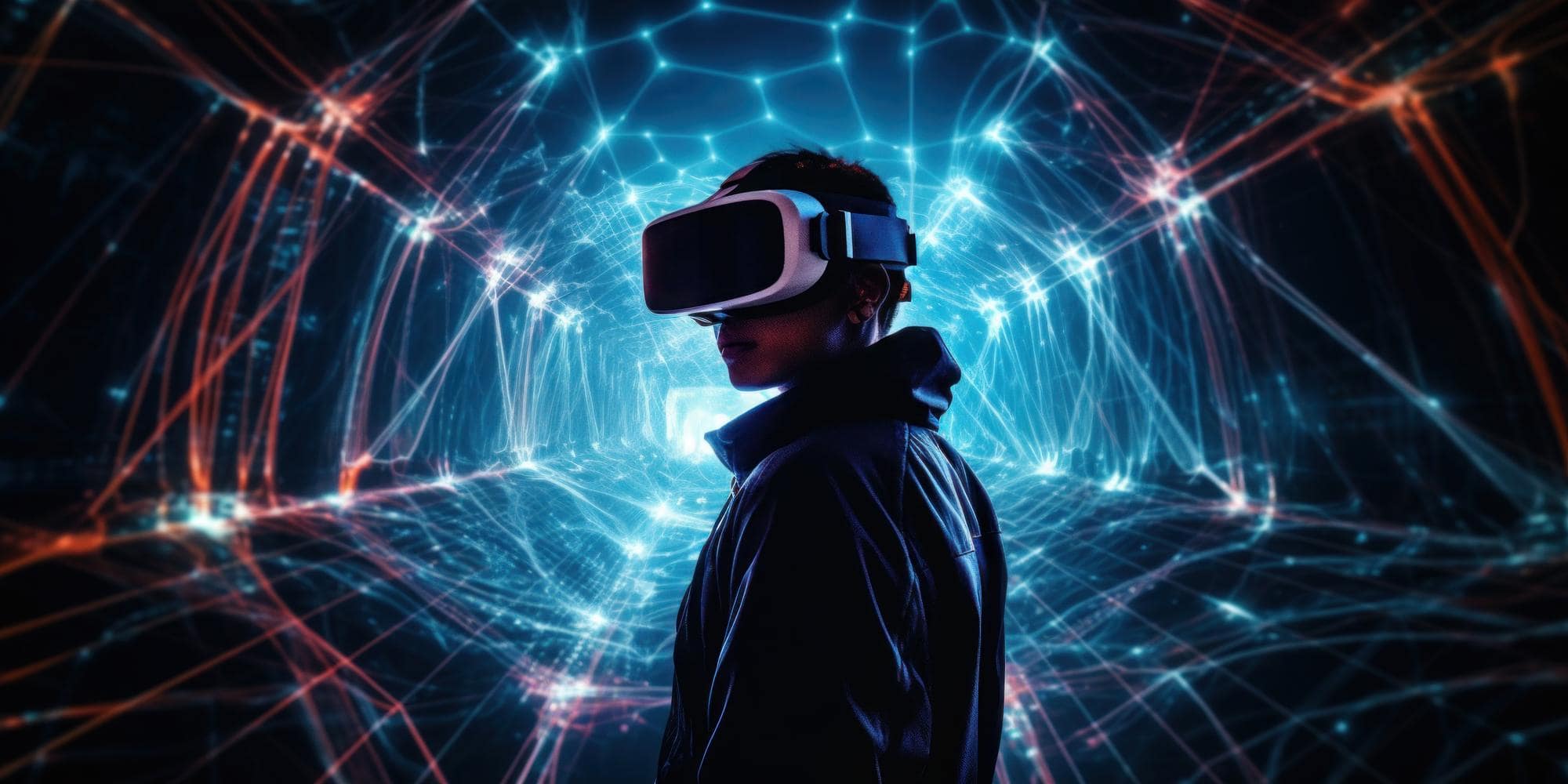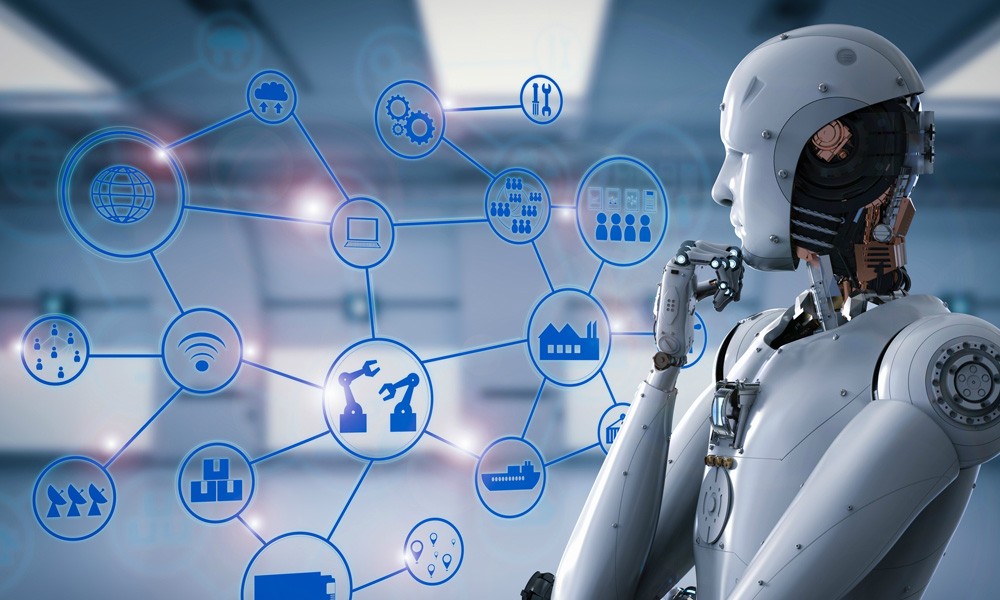
The Future of Augmented Reality: Transforming How We Experience the World
The future of Augmented Reality (AR) holds the promise of a transformative shift in how we experience and interact with the world around us. AR, which overlays digital information onto the physical world, is poised to become an integral part of our daily lives, influencing various sectors from entertainment and education to healthcare and manufacturing.
One of the key aspects shaping the future of AR is the evolution of hardware. As AR devices become more compact, powerful, and seamlessly integrated into everyday objects, they will transition from standalone gadgets to seamlessly embedded elements in eyewear, smart clothing, and even contact lenses. This integration will enhance user comfort and accessibility, making AR an omnipresent layer in our visual perception of the world.
In the realm of entertainment, AR is set to revolutionize how we consume content. Imagine watching a sports game with real-time player statistics overlaid on the field or experiencing interactive storytelling where characters and plot elements come to life in your living room. AR will blur the lines between the digital and physical, creating immersive and personalized experiences that redefine entertainment.
Education stands to benefit significantly from AR’s potential to enhance learning environments. Interactive AR simulations could transport students to historical events, enable virtual dissections in biology classes, or provide immersive language learning experiences. The ability to visualize complex concepts in three-dimensional space could revolutionize traditional educational methods, catering to diverse learning styles.
In healthcare, AR is poised to revolutionize medical training, surgery, and patient care. Surgeons equipped with AR headsets could receive real-time information about vital signs, medical histories, and procedural guidance, enhancing precision and reducing the risk of errors. Additionally, AR applications could assist in rehabilitation by providing personalized, interactive exercises for patients.
The workplace will also undergo a transformation with the integration of AR technologies. From manufacturing and logistics to remote collaboration, AR will streamline processes by providing workers with contextual information, instructions, and visualizations. Remote experts could virtually assist field technicians, architects could visualize designs on-site, and training processes could become more immersive and effective.
As AR becomes more prevalent, social interactions will take on new dimensions. Augmented reality can bring people together in shared digital spaces, regardless of physical distances. Social AR experiences may include virtual hangouts, collaborative gaming, and shared augmented reality content creation, fostering connections in ways previously unimaginable.
Challenges, however, accompany the bright future of AR. Privacy concerns, potential misuse, and ethical considerations around data collection and facial recognition technologies need careful navigation. Striking a balance between innovation and safeguarding individual rights will be crucial in shaping the responsible development and deployment of AR technologies.
In conclusion, the future of augmented reality holds the potential to redefine how we experience the world, integrating digital information seamlessly into our physical surroundings. As hardware advances, and applications across various sectors continue to emerge, AR is on the cusp of transforming entertainment, education, healthcare, work, and social interactions. While challenges exist, the ongoing evolution of AR promises a future where our interactions with the digital realm are not confined to screens but woven into the fabric of our daily lives.

